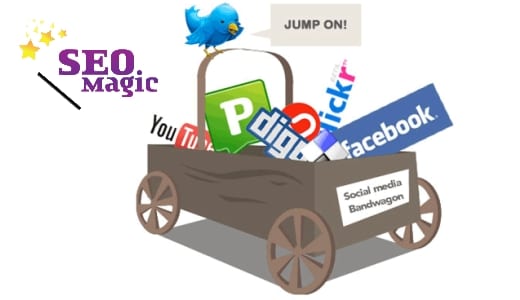 Although the digital evolution and social media communications that were borne out of it are hardly novel concepts, this area still makes the list of top five trends that are considered to be the most important challenges by European communication professionals in 2012.
Although the digital evolution and social media communications that were borne out of it are hardly novel concepts, this area still makes the list of top five trends that are considered to be the most important challenges by European communication professionals in 2012.
In the European Communication Monitor’s longitudinal analysis of how the burgeoning importance of social media platforms has been trending over the past five years, it is surprising to see that only online communities and online videos are considered “important” or “very important” by a majority of colleagues. While social media channels as a whole are rated increasingly important year-over-year, weblogs, podcasts, and wikis are trending below 50% on the scale of importance in 2012, while online communities and online videos are hovering between 60% and 70%.
These findings suggest that, while it is not so difficult to believe in the importance of social media, in actuality, it is a lot harder to activate the corresponding channels online. The ECM revealed a large discrepancy between the perceived importance of social media tools for communication and the actual rate of real implementation in most European organizations.
Below are some statistics:
- While over 75% of respondents say online communities or social networks are the most important social media tool available, less than 56% of communication departments actually use them in their communication.
- While over 65% of respondents recognize the centrality of mobile applications in communications, a shockingly low 30% are employing them.
- While over 44% of respondents value weblogs, a mere 27% leverage them for their communications goals.
- While over 33% of respondents highlight the potential of location-based services, only 17% are implementing them in their campaigns.
With the openly-acknowledged breadth of opportunities, it is beneficial to home in on which channels offer optimum opportunities to make a real difference. Investing in mobile applications, weblogs, and photo-sharing are among the most promising areas in this field. While still being wary to align these areas to the overall communication strategy of an organization, we as PR professionals should expand our reach to stakeholders and target audiences alike on the very social mediums which we’ve identified as important.
This is this fourth of a five part series on the European Communications Monitor (ECM), sponsored by Ketchum. The ECM is one of the largest surveys of communications professionals in the world, run by the European Public Relations Education and Research Association (EUPRERA), the European Association of Communication Directors (EACD) and Communication Director Magazine, drew data from more than 2000 participants in 42 countries. View the first post here, the second post here, and the third post here.


